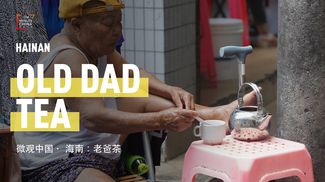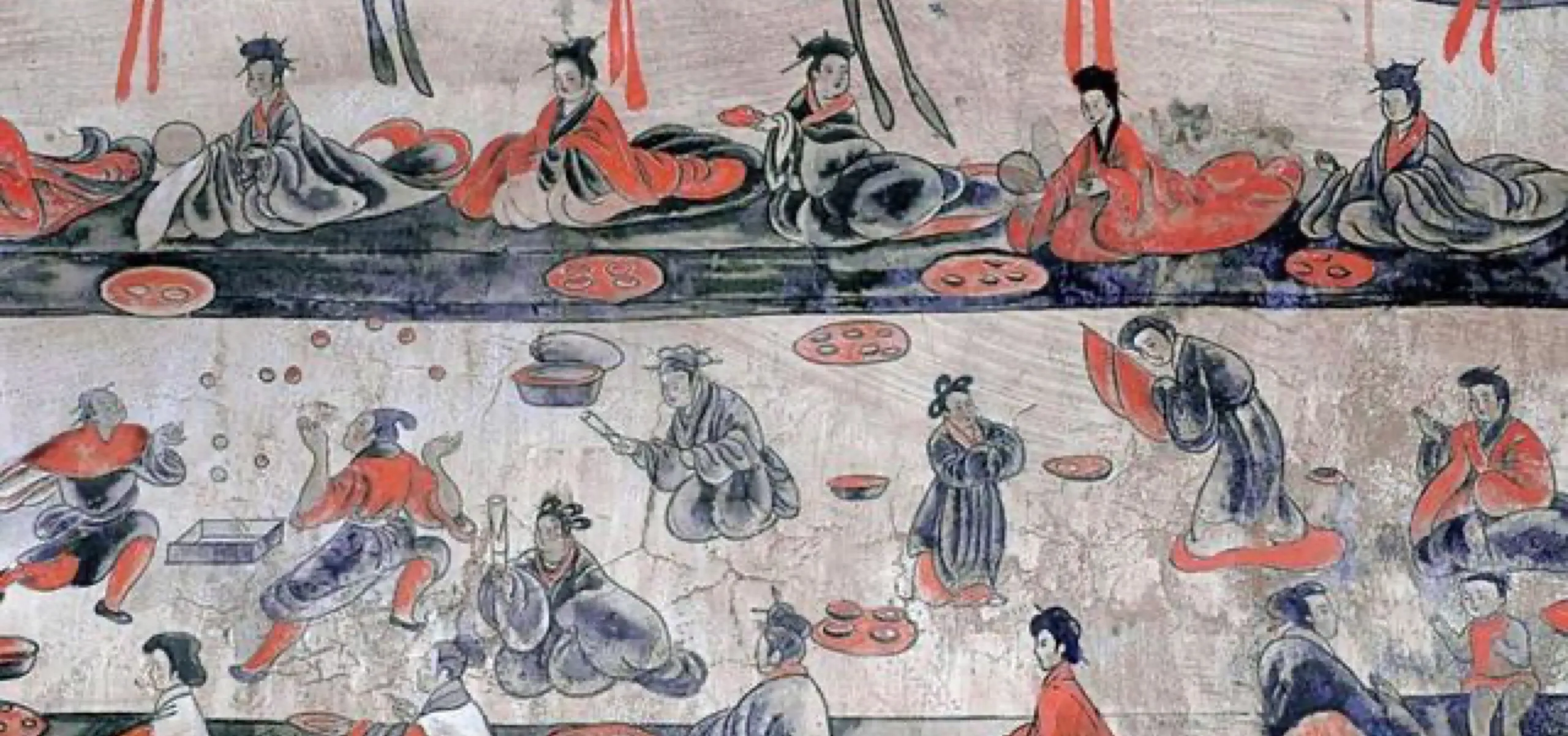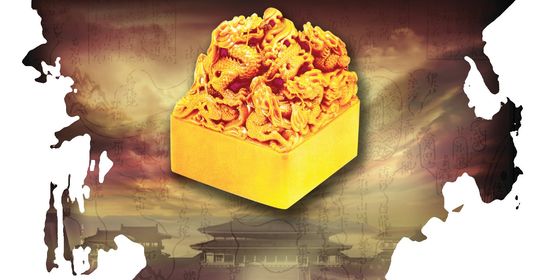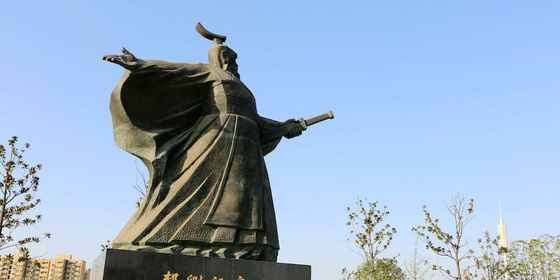Ancient feasts were venues of political intrigue, murder, and even cannibalism
Mao Zedong may have famously written that “revolution is not a dinner party,” but banquets and feasts have nonetheless been at the center of many significant moments in Chinese ancient history. For centuries, nobles and warlords settled feuds and conducted diplomacy over lavish dinners featuring copious drinking, sword dances, and assassination attempts.
These feasts and parties were known as 筵席 (yánxí), with 筵 referring to a large mat spread on the ground, and 席 meaning a small cushion usually woven from bamboo. Though feasts are now conducted at a dining table, the term has remained.
Wedding banquets saw guests eat “couple’s chicken (鸳鸯鸡 yuānyāngjī),” a dish of two steamed chicken served on the same plate, while birthday feasts often featured “longevity fish (长寿鱼, orange roughy),” which can live decades, and “longevity noodles (长寿面 chángshòumiàn)” to symbolize hopes for the host’s long life.
Here are three of ancient China’s most famous banquets, each full of conspiracy, murder, and political intrigue:














